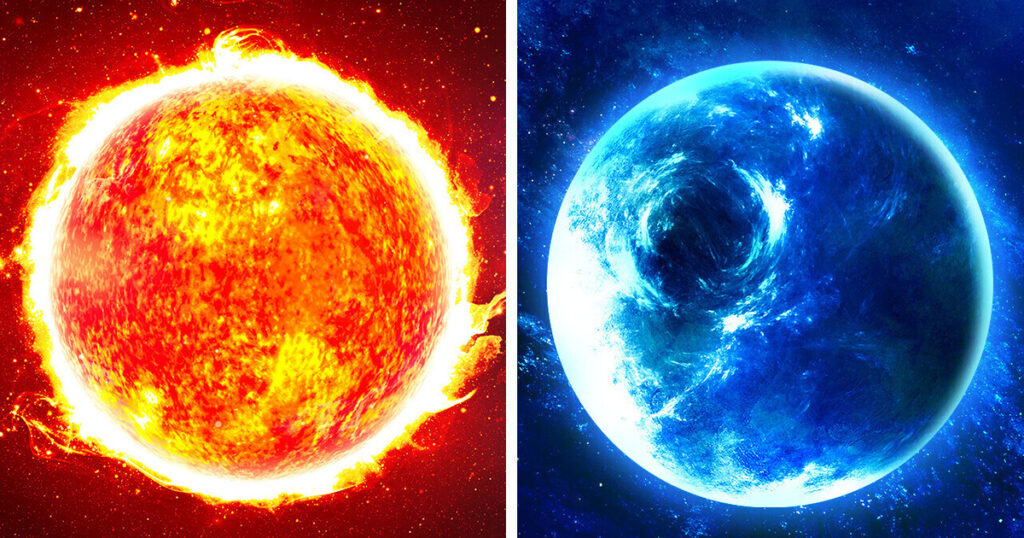
Have you ever wondered why space is so cold even though the Sun is incredibly hot? It’s a question that has puzzled many people, and the answer is a bit more complex than you might think.
The Sun’s Heat and Space’s Cold
While the Sun’s core reaches temperatures of over 15 million degrees Celsius, its surface (the photosphere) is significantly cooler at around 5,500 degrees Celsius. However, even the photosphere’s heat is not directly responsible for warming the planets.

The heat we feel on Earth is the result of solar radiation interacting with the planet’s atmosphere and surface. This radiation, which includes visible light, ultraviolet rays, and infrared radiation, is absorbed by Earth’s atmosphere and surface, causing them to heat up.
The Vacuum of Space
In space, there is almost no matter to absorb the Sun’s radiation. This means that the heat energy from the Sun simply passes through the vacuum without heating anything up. It’s like trying to warm a room with a heater if there’s no air in the room.

The Parker Solar Probe
However, this doesn’t mean that you can send a spaceship close to the Sun and expect to experience very cold temperatures. When you put matter in the way of the Sun’s radiation, it will heat up.
NASA’s Parker Solar Probe, which is designed to study the Sun’s outer atmosphere, faces temperatures of up to 1,400 degrees Celsius during its closest approaches. This is because its solar shields are absorbing the intense heat from the Sun.

While the Sun is a powerful source of energy, its heat is not directly felt in space. The cold temperatures in space are due to the lack of matter to absorb the Sun’s radiation. However, when a spacecraft or other object enters the Sun’s sphere of influence, it will experience significant heating from the Sun’s radiation.

Leave a Reply